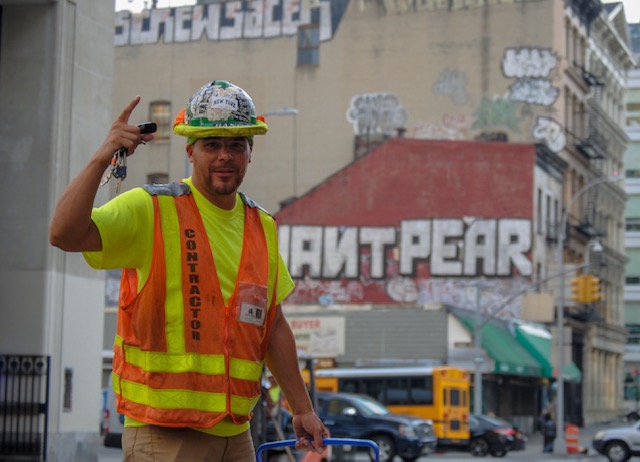Heat-Related Injuries in Construction: Protecting Workers and Preventing Accidents
 As construction accident attorneys in New York, we have witnessed the devastating consequences of heat-related injuries among construction workers.
As construction accident attorneys in New York, we have witnessed the devastating consequences of heat-related injuries among construction workers.
The parents of Tim Barber, a young construction worker who tragically lost his life due to heat stroke on his second day at a new job Upstate NY, have been tirelessly raising awareness about heat-related illnesses. They have played a crucial role in advocating for a New York bill called the Temperature Extreme Mitigation Program, aimed at amending the state’s labor law to provide broader protections against the risks posed by heat and cold stress. Regrettably, despite their efforts, the bill did not successfully pass into law.
With the summer months upon us, it is crucial to shed light on this pressing issue and explore preventive measures that can ensure the safety of construction workers during the summer. By recognizing the risks associated with heat exposure and implementing appropriate safety protocols, we can protect construction workers from the debilitating effects of heat-related injuries.
On Wednesday July 12, the Center for Construction Research and Training offers a free webinar that will cover a new OSHA National Emphasis Program aimed at protecting workers from heat-related hazard.
Construction workers face unique challenges that increase their susceptibility to heat-related injuries. Engaged in physically demanding tasks, often in direct sunlight and high-temperature environments, these individuals are vulnerable to conditions such as heat exhaustion, heat stroke, and dehydration. Moreover, the presence of reflective surfaces and limited air circulation at construction sites exacerbates the risk.
To prevent heat-related injuries and promote a safe work environment, construction companies and workers must prioritize the following preventive measures:
- Education and Training: Workers should receive comprehensive training on recognizing the signs and symptoms of heat-related illnesses. Education about the importance of hydration, rest breaks, and identifying risk factors will empower them to take necessary precautions.
- Hydration and Nutrition: Maintaining proper hydration levels is crucial in preventing heat-related injuries. Employers must provide cool drinking water on-site and encourage workers to consume it regularly. Additionally, promoting a balanced diet rich in electrolytes and minerals can help replenish essential nutrients lost through sweating.
- Work Schedule and Breaks: Construction companies should establish work schedules that prioritize worker safety. Scheduling physically demanding tasks during cooler hours of the day and providing frequent rest breaks in shaded areas can help mitigate heat-related risks.
- Protective Equipment and Clothing: Employers should supply appropriate personal protective equipment (PPE) that balances worker safety with heat regulation. Breathable fabrics, sun hats, and lightweight, light-colored clothing can minimize heat absorption and allow for better airflow.
- Increased Ventilation and Shade: Construction sites should be equipped with shaded rest areas to offer relief from direct sunlight. Portable fans, ventilation systems, and misting stations can improve air circulation and provide a cooler work environment.
- Supervision and Monitoring: Supervisors and workers should actively monitor each others for signs of heat-related distress. The buddy system is a proactive approach to prevent heat illness among construction workers. It involves assigning workers in pairs, ensuring that they monitor and support each other to maintain safety and well-being in hot environments.
- Emergency Response Plan: Construction companies must establish and communicate a clear emergency response plan that addresses heat-related emergencies. This plan should include protocols for summoning medical assistance, providing first aid, and ensuring prompt transport to medical facilities if needed.
Heat-related injuries among construction workers are not inevitable; they can be prevented. By prioritizing education, training, and safety measures, employers can create a work environment that protects the well-being of their workers. As construction accident attorneys, we urge construction companies to recognize the gravity of heat-related injuries and take proactive steps to prevent accidents. By doing so, we can ensure that construction sites become safer, healthier spaces for all workers, even under the scorching summer sun.
 New York Personal Injury Attorneys Blog
New York Personal Injury Attorneys Blog


